These equations are of the form
losses = constant * parameter^power
I can't help you with the constant term, that's buried somewhere in the assumptions around what 'meter rated voltage' and suchlike mean.
I can help with which parameter, and what power it's raised to.
Core losses have two elements, magnetic hysteresis losses, and eddy current losses.
The eddy current losses depend on the voltage induced by the changing flux driving a current round little conductive loops in the core. As such, they depend on the core flux, which only depends on the voltage. As the losses depend on the square of the current that those induced voltages cause to flow, the loss is proportional to voltage^2.
The hysteresis losses depend on taking the magnetic core round a BH loop. The amount of energy required to perform each loop is proportional to the area of the loop, or to B*H. If the transformer is operated below saturation (as all good transformers are), then B is proportional to H, and the power goes as the flux squared. As the flux depends only on the terminal voltage, this loss is also proportional to voltage^2.
The copper losses are proportional to I2R, where R is the (roughly constant) winding resistance. The copper loss is therefore proportional to load current^2.
